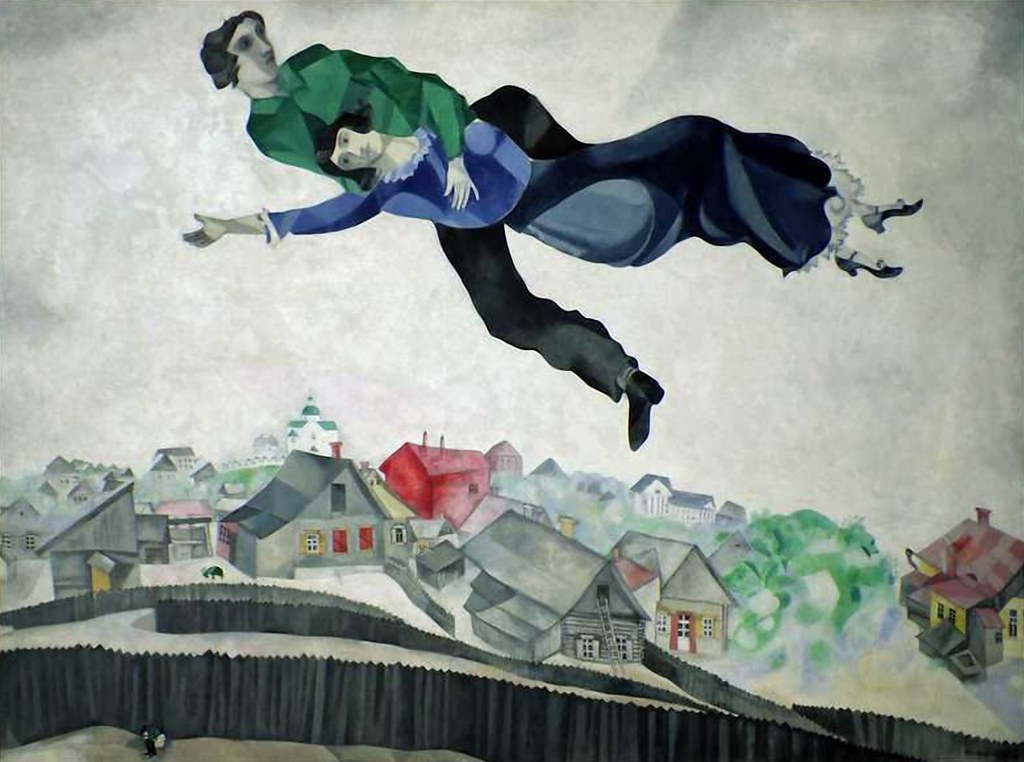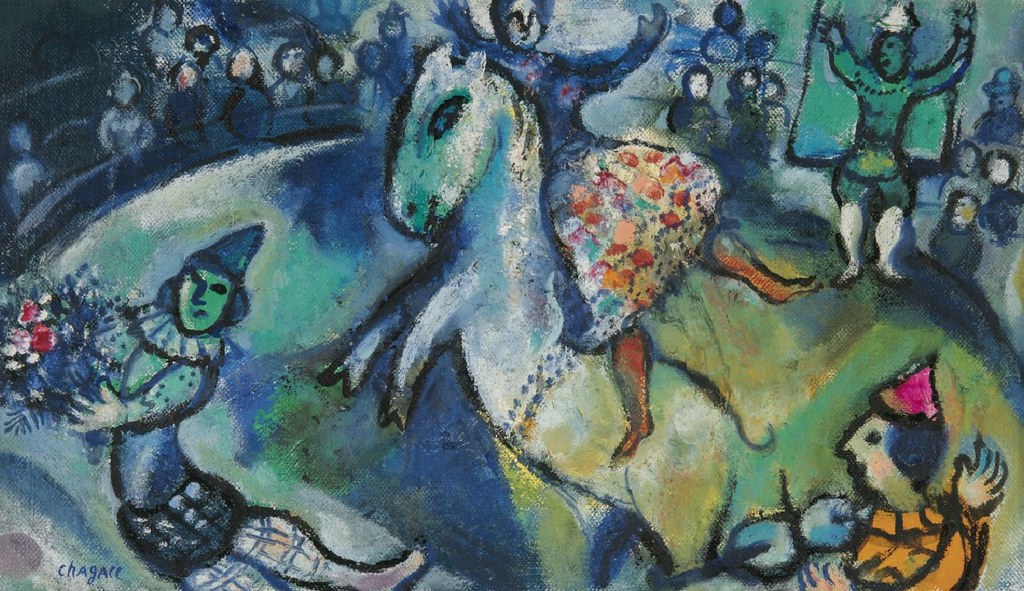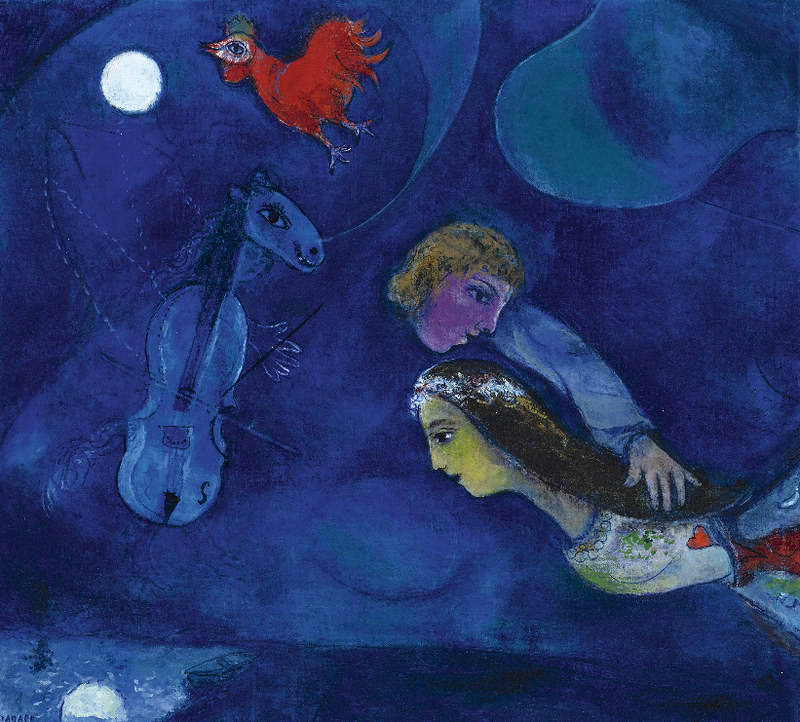Marc Chagall


Music played an essential role in shaping Chagall's art and life.
Marc Chagall was a Belorussian-born French artist whose work generally was based on emotional
association rather than traditional
pictorial fundamentals.
During the Second World War, he was persecuted and suffered from many injustices. Yet throughout such
upheaval, music remained a constant source of inspiration for Chagall, both for his compositions and the
intensity and
range of colors used in his sweeping body of work.
He is known for his bold and colorful brush strokes resulting in a unique and distinctive style
it was his colors which attracted and captured the viewer's attention.
"The colors are a living, integral part of the picture
and are never passively flat, or banal like an afterthought. They sculpt and animate the volume of the
shapes".
Chagall loved Bach and Mozart, but it was the music of his small
Hasidic
Jewish community near Vitebsk,
Russia, that first influenced him.
Here are some Hasidic songs and some of his masterpieces below.


